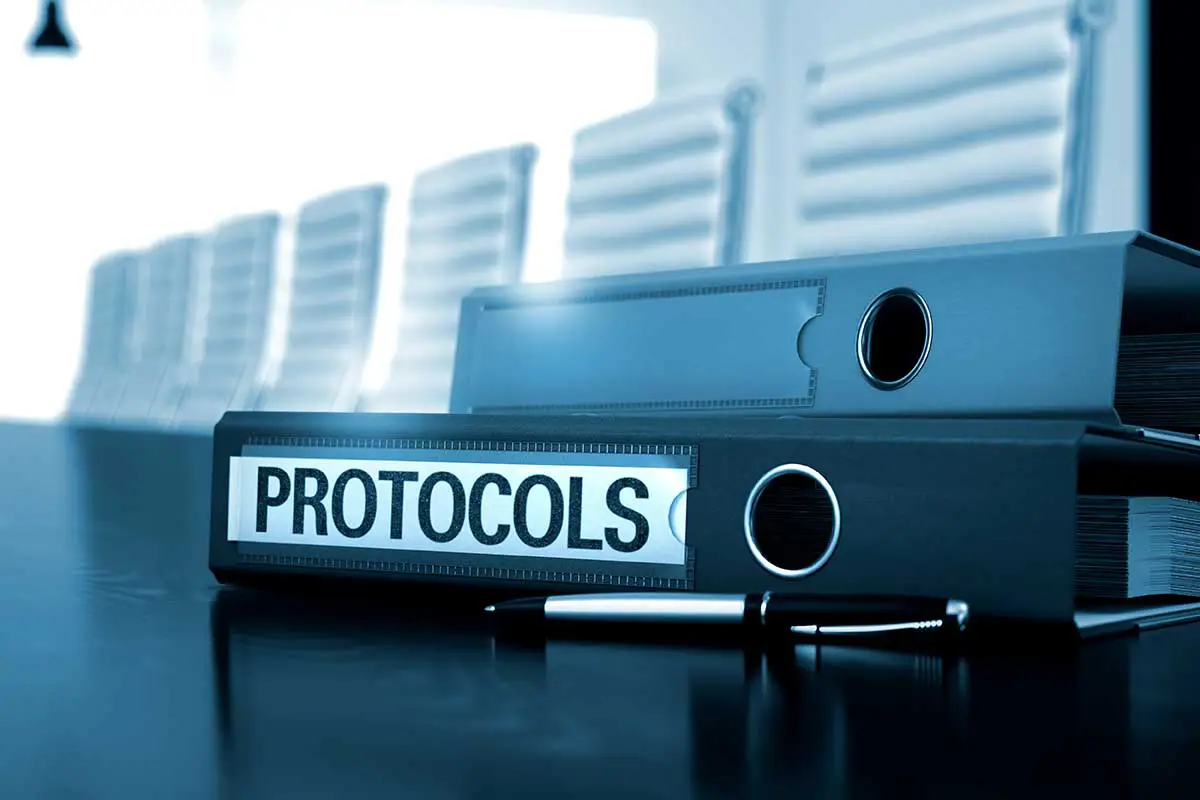The board of directors protocol outlines the processes for organising and conducting board meetings.

The board of directors protocol outlines the processes for organising and conducting board meetings. It’s also known as board etiquette, and it comprises broad guidelines for keeping meetings on track and fruitful. Let’s take a look at some of the most crucial parts of the board of directors procedure.
Table of Contents
Go through the Bylaws.
The number of members necessary to form a quorum and the frequency with which board meetings must be conducted are normally specified in an organization’s bylaws. A quorum is the bare minimum of members necessary to vote on issues and resolutions. Although board meetings may be convened in the absence of a quorum, no formal decisions can be taken. Such acts include raising dues, revising membership qualifications, naming officials, and modifying bylaws.
Set a date for the meeting.
A date for the meeting should be determined, and other board members should be contacted to see whether they can attend. Even if the number of members who expect to be present on the scheduled day is sufficient to constitute a quorum, other considerations may demand a date modification. Such causes may include the unavoidable absence of important personnel, as well as out-of-date financial paperwork and other records/reports.
Once you’ve decided on a day that works for everyone, reserve a meeting venue and notify board members of the location, time, and date. You should also plan for equipment, drinks, and other necessities.
Distribute Assignments
If certain board members have duties to perform at the meeting, contact and tell them individually or as a group. You should communicate the action items from the previous meeting to individuals who need to evaluate them. Include copies of the meeting’s minutes as well, since board members will need to refuse, edit, or approve them at the next meeting. Provide support to members who seek assistance with their presentations.
Create the Agenda
The following issues must be put on the agenda for board meetings:
A call to order is issued.
Members are introduced.
Approval of the minutes from the previous meeting.
Old matters/issues are reviewed.
Reports from the committee
Report of the Treasurer
Report of the President
New topics/issues are discussed.
Adjournment.
The agenda should be relevant, clear, and brief. It should contain the time, date, and location of the meeting, as well as a detailed summary of the topics to be discussed at the board meeting.
Copies of the agenda should be sent to board members so that they are aware of when their presentations will take place. Breaks between parts should be included (particularly during lengthy sessions) to allow board members to check in with their various offices.
Meeting Structure
When holding meetings, many boards follow Robert’s Rules of Order. During a meeting, these rules constitute an ordered procedure of making motions, presenting information, conducting business, and voting. You should go through these regulations again, particularly the section on making and voting on motions, to confirm that crucial subjects to be considered are permitted under your bylaws.
Before adjourning the meeting, have the secretary or a chosen substitute read aloud the action items and resolutions that were agreed upon. You should validate the number of attendance before calling a vote to ensure a quorum is present.
Before the meeting, the CFO, CEO, and board directors should analyse the financial report(s) to identify any abnormalities and get acquainted with its content. As a result, they will be able to answer any queries that may occur during the discussion with confidence.
Making the Most of Meeting Time
One of the most prevalent blunders made during board meetings is inefficient time management. It is deemed unprofessional to begin late or to exceed the allocated meeting time since board members are busy people whose time should be respected. Members are frequently quite busy and may serve on the boards of multiple different firms. Investors enjoy it when board meetings are held on the scheduled dates and times.
Before concluding the meeting, the chair of the board is expected to thank the guests, hosts, and board of directors for their participation. The meeting’s resolution should be summarised, and the date, time, and place of the next meeting should be notified.
